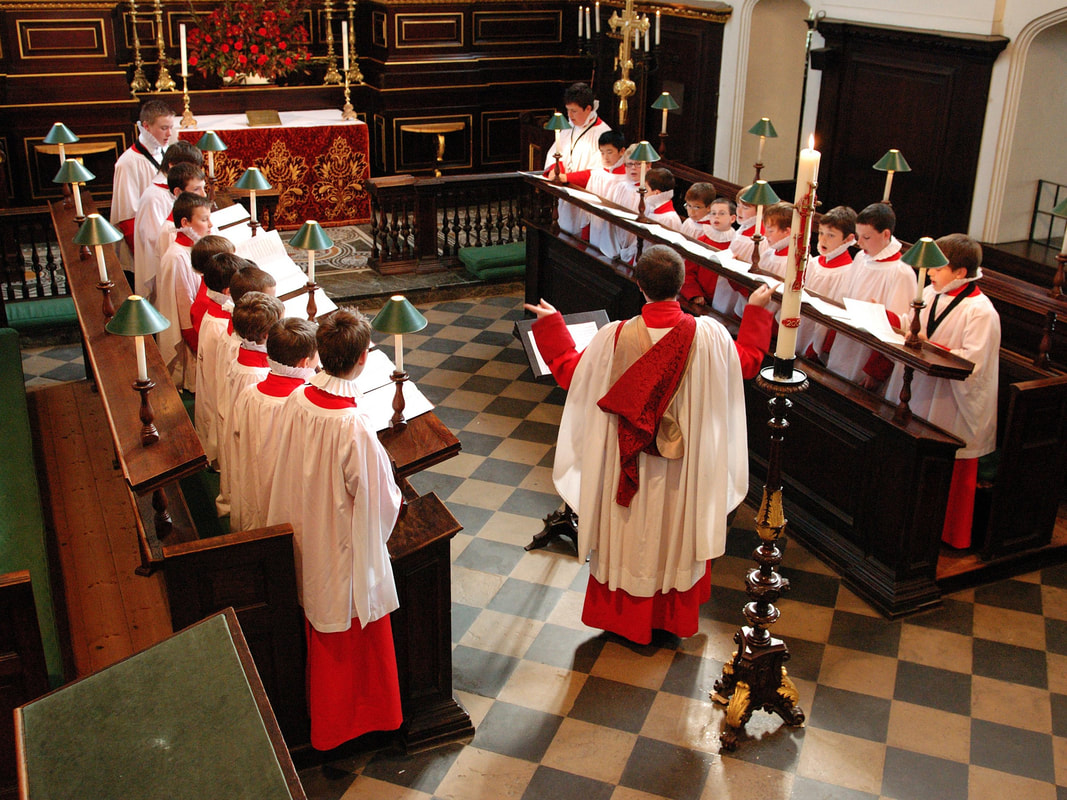|
The Renaissance was a period of European history that spanned from the 14th to the 17th century, characterized by a revival of interest in classical art and culture, as well as advancements in science, technology, and exploration. The music of the Renaissance was heavily influenced by these developments, as composers sought to create a new style of music that was more expressive, complex, and harmonically rich than the simpler melodies of the Middle Ages.
The early Renaissance period, from the mid-14th to the early 15th century, saw the emergence of the Burgundian School, named after the region in France where many of its composers were based. The Burgundian School was known for its complex polyphonic vocal music, which featured multiple independent voices singing different melodies at the same time. Composers such as Guillaume Dufay and Johannes Ockeghem were among the most prominent figures of this period, and their works laid the foundation for the development of Renaissance music. During the high Renaissance period, from the late 15th to the early 16th century, the musical style became even more elaborate, with composers such as Josquin des Prez and Giovanni Pierluigi da Palestrina creating works of great complexity and beauty. The music of this period was marked by a focus on harmony, with a greater emphasis on chord progressions and the use of dissonance to create tension and release. The high Renaissance also saw the development of new musical forms such as the madrigal, which was a secular vocal composition featuring multiple voices. In the late Renaissance period, from the mid-16th to the early 17th century, music continued to evolve, with composers such as Orlando di Lasso and William Byrd creating works that were even more complex and expressive. The music of this period was characterized by a greater use of chromaticism, which involved the use of notes outside of the traditional diatonic scale, as well as a greater use of word painting, where the music was designed to evoke the meaning of the lyrics. One of the most significant developments of Renaissance music was the invention of music notation, which allowed composers to notate their works in a precise and detailed manner. Prior to the invention of notation, music was passed down through oral tradition, which made it difficult to preserve and transmit accurately over time. The development of notation revolutionized the music industry, allowing for greater standardization and the widespread dissemination of music across Europe. Another important development was the emergence of music printing, which allowed for the mass production of sheet music and the widespread distribution of musical works. This made it easier for musicians to access a wider range of music and helped to spread the Renaissance style across Europe. Overall, Renaissance music was marked by a greater emphasis on harmony, complexity, and expression, as well as a greater use of notation and printing technology. The music of this period laid the foundation for the development of Western classical music and continues to be studied and performed by musicians today. Whether you are a musician or simply a lover of music, the Renaissance period offers a rich and fascinating history that continues to inspire and captivate audiences around the world. Comments are closed.
|
�
AuthorBrian Trumble is an English teacher and lifelong writer. He plays saxophone, bassoon, and piano and is excited to partner with Plum Rose Publishing to teach and lead the next generation of musicians! CategoriesArchives
April 2023
|
|
Contact Us:
By Email: info@plumrosepublishing.com By Mail: PO Box 6917 Hudson, FL 34674 |
We use PayPal: PayPal accepts Debit or Credit Card
Price plus tax and shipping and handling
Price plus tax and shipping and handling
company id 100



 RSS Feed
RSS Feed